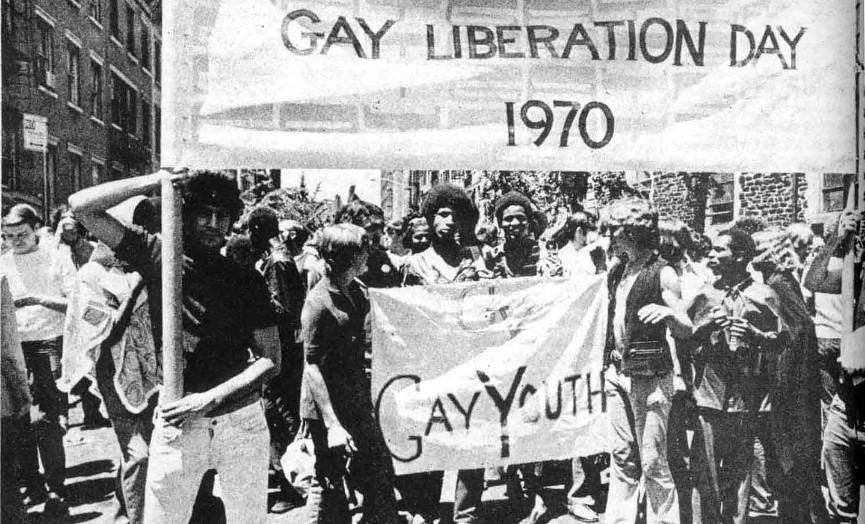Introduction
The 20th century was a transformative era marked by significant cultural, social, and political shifts. Amidst these changes, cannabis emerged as a symbol of counterculture movements that challenged the status quo. This article explores the multifaceted role of cannabis in shaping and defining counterculture during this pivotal period.
The 20th century was an epoch of remarkable change, characterized by sweeping cultural, social, and political upheavals. Amidst this backdrop of transformation, cannabis emerged as a potent symbol of counterculture movements that sought to challenge and redefine the prevailing norms and values of society. This article delves deeper into the multifaceted role of cannabis in shaping and defining counterculture during this pivotal period, shedding light on its profound impact on the era’s ethos.
Cannabis, often referred to as marijuana or weed, played a central role in the counterculture movements of the 20th century, primarily during the 1960s and 1970s. It became a powerful emblem of rebellion against the establishment, a way for young people to express their dissent and rejection of the prevailing societal norms. This plant, with its long history of use in various cultures and its mind-altering properties, became a means of both individual and collective exploration.
One key aspect of cannabis’s role in counterculture was its association with the anti-establishment sentiment of the era. As the Vietnam War raged on and civil rights struggles intensified, many young people sought refuge from the turbulent times in the form of cannabis. It was seen as a tool for introspection, a means of questioning authority, and a symbol of resistance against oppressive systems.
The counterculture’s embrace of cannabis also intersected with movements advocating for personal freedom and autonomy. The idea that individuals should have the right to make choices about their own bodies and minds resonated strongly with the ethos of the time. Cannabis was seen as a means of asserting that autonomy, challenging the paternalistic policies that sought to restrict its use.
Furthermore, cannabis played a pivotal role in fostering a sense of community among those who identified with the counterculture. “Smoke-ins” and gatherings provided spaces for like-minded individuals to connect, share ideas, and collectively envision a different world. The cannabis plant itself became a symbol of unity and camaraderie, with its cultivation and consumption seen as acts of defiance against societal norms.
However, it’s important to note that the counterculture’s relationship with cannabis was not one-dimensional. While it represented freedom and resistance for many, it also had its pitfalls. The era saw concerns about the potential risks associated with cannabis use, particularly regarding its impact on mental health and cognitive functioning. These concerns would later contribute to shifts in public perception and the initiation of the “War on Drugs” in the United States.
In conclusion, the 20th century was a time of immense change and upheaval, and cannabis emerged as a symbol of counterculture movements that sought to challenge the status quo. Its role was multifaceted, representing rebellion, individual autonomy, community, and dissent against oppressive systems. While the counterculture’s relationship with cannabis had its complexities and challenges, it remains an indelible part of the cultural and historical tapestry of the era, forever linked with the spirit of resistance and transformation that defined those times.
To delve further into this matter, we encourage you to check out the additional resources provided here: Hippie | History, Lifestyle, Definition, Clothes, & Beliefs | Britannica
In the 1960s, the United States experienced a wave of social and political upheaval. Young people disillusioned with the establishment began to question traditional values and norms. Cannabis, with its association with non-conformity and resistance, became a symbol of rebellion against the establishment. It represented a rejection of the conventional and a search for alternative lifestyles and ideologies.
In the 1960s, the United States experienced a transformative era of social and political upheaval, often referred to as the “counterculture” movement. This period was characterized by young people, disillusioned with the establishment, who began to question and challenge traditional values and norms. Cannabis played a significant role in this cultural shift, becoming a symbol of rebellion against the status quo and a means of expressing dissent.
Cultural Icon of Non-Conformity: Cannabis, also known as marijuana or pot, emerged as a cultural icon of non-conformity during the 1960s. Its use was associated with a rejection of societal norms and an embrace of alternative lifestyles. The act of smoking marijuana became a form of protest against the rigid conventions of the time.
Political Resistance: The counterculture movement was deeply intertwined with political resistance. Young people protested against issues such as the Vietnam War, civil rights injustices, and the limitations on personal freedoms. Cannabis was used as a symbol of solidarity and defiance, often smoked at anti-establishment gatherings and protests.
Artistic Expression: Cannabis also found its way into the creative arts, influencing music, literature, and visual arts. Iconic musicians like Bob Dylan and The Beatles openly embraced cannabis, and their songs often reflected the counterculture’s ideals of freedom and self-expression. Literary figures like Jack Kerouac and Allen Ginsberg explored the use of cannabis in their writings, contributing to its mystique as a tool for expanding consciousness.
Alternative Lifestyles: Cannabis represented more than just a recreational substance; it was seen as a gateway to alternative lifestyles and ideologies. Communes and intentional communities sprang up, promoting communal living, environmentalism, and a rejection of materialism. Cannabis was often integrated into these alternative lifestyles as a symbol of communal sharing and unity.
Legacy of Advocacy: The counterculture’s advocacy for cannabis legalization left a lasting legacy. While many of the counterculture’s ideals and movements eventually waned, the push for cannabis reform continued to gain momentum. It led to the gradual relaxation of cannabis laws and the eventual legalization of both medical and recreational cannabis in various U.S. states.
In summary, the 1960s in the United States was a time of profound change and societal upheaval. Cannabis, with its association with non-conformity and resistance, became an emblematic symbol of rebellion against the establishment. It represented a broader cultural shift away from traditional values and towards alternative lifestyles and ideologies. While the counterculture movement of the 1960s eventually evolved and dissipated, its impact on cannabis culture and legalization efforts can still be felt today.
For a comprehensive look at this subject, we invite you to read more on this dedicated page: How the Vietnam War Empowered the Hippie Movement | HISTORY
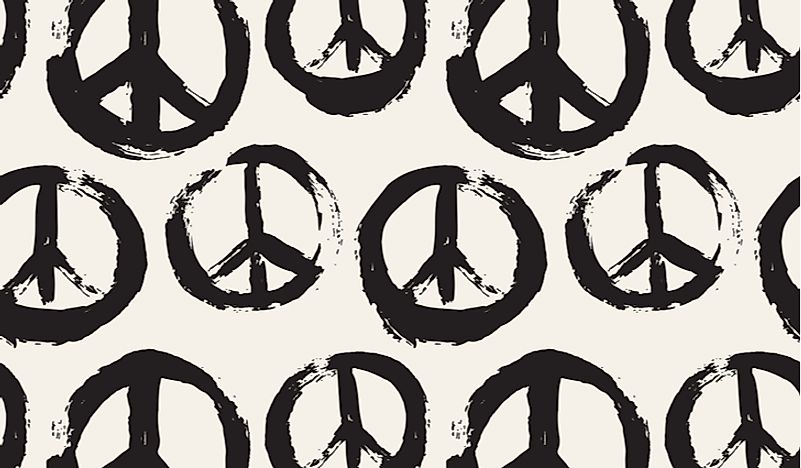
Counterculture icons, such as musicians, artists, and writers, played a significant role in shaping the perception of cannabis. Figures like Bob Dylan, Bob Marley, and Jack Kerouac openly advocated for cannabis use, both in their work and in their personal lives. Their art and activism helped destigmatize cannabis and normalize its consumption within counterculture circles.
Counterculture icons, such as musicians, artists, and writers, played a profound and lasting role in shaping the perception of cannabis, extending their influence far beyond their own lifetimes. Figures like Bob Dylan, Bob Marley, and Jack Kerouac were not only celebrated for their artistic talents but also for their unapologetic advocacy of cannabis, which left an indelible mark on the cultural landscape.
Bob Dylan, often referred to as the voice of a generation, used his music to convey messages of social change and individual freedom. His song “Rainy Day Women #12 & 35,” with the famous refrain “Everybody must get stoned,” became an anthem for cannabis enthusiasts and a subtle call for social liberation. Dylan’s embrace of cannabis was not just a personal choice; it was a statement that resonated with countless fans who saw in him a reflection of their own desire to challenge societal norms.
Similarly, Bob Marley, the reggae legend, not only incorporated cannabis imagery into his music but also championed it as a sacrament within the Rastafarian faith. His songs, such as “Kaya” and “Legalize It,” served as anthems for the legalization movement and introduced millions to the spiritual and cultural significance of the plant. Marley’s unapologetic stance on cannabis continues to inspire generations of musicians and activists worldwide.
Jack Kerouac, a central figure in the Beat Generation, wove cannabis into the fabric of his literary works, most notably in “On the Road.” His vivid descriptions of cannabis use as a tool for self-exploration and as a means of transcending societal constraints resonated deeply with the counterculture. Kerouac’s writings not only captured the zeitgeist of his era but also helped pave the way for a more open and honest dialogue about cannabis.
These counterculture icons, through their art and activism, helped destigmatize cannabis and normalize its consumption within counterculture circles. Their fearless embrace of the plant pushed boundaries, challenged convention, and invited others to question the prevailing attitudes toward cannabis. In doing so, they contributed to the broader cultural shift that eventually led to changing laws, greater acceptance, and a more nuanced understanding of cannabis’s place in society.
Their legacy lives on in today’s discussions about cannabis, as their influence continues to shape the ongoing dialogue about legalization, social justice, and personal freedom. Counterculture icons like Dylan, Marley, and Kerouac remain symbols of the enduring connection between cannabis and the pursuit of individual liberty, artistic expression, and cultural evolution.
For additional details, consider exploring the related content available here Subcultural evolution and illicit drug use – PMC

The 1960s and ’70s were also marked by widespread opposition to the Vietnam War. Cannabis played a prominent role in anti-war protests and gatherings. Many activists turned to cannabis as a means of coping with the stress of political activism and as a symbol of resistance against a government they viewed as oppressive.
The 1960s and ’70s witnessed a deeply polarized America, with the Vietnam War serving as a focal point of societal unrest and resistance. In this turbulent period, cannabis became more than just a recreational substance; it evolved into a symbol of protest and a means of coping with the stress and trauma associated with political activism.
Peaceful Protest and Civil Disobedience: Cannabis was embraced by anti-war protesters as a symbol of peaceful resistance. Activists believed in non-violence as a powerful tool against the war machine, and cannabis use was seen as an act of civil disobedience, challenging the authorities who perpetuated the conflict.
Coping with Trauma: Many activists who faced the harsh realities of war, either directly as veterans or indirectly through loved ones, turned to cannabis as a means of coping with the emotional and psychological trauma that the war had inflicted. The plant was viewed as a therapeutic tool for managing the stress, anxiety, and PTSD that were all too common among those touched by the conflict.
Building Solidarity: Cannabis served as a communal bond among activists. Sharing a joint or passing around a pipe during protests and gatherings fostered a sense of solidarity and unity. It was a means of connecting on a personal level while collectively advocating for change.
Defying Authority: The act of consuming cannabis became an act of defiance against a government that many believed had betrayed the principles of democracy and justice. It was a statement that individuals would not comply with oppressive policies and would continue to exercise their personal freedoms.
Cultural Expression: Music festivals, such as Woodstock, became iconic gatherings where cannabis was openly embraced. These events not only served as platforms for political expression but also celebrated the counterculture’s values of peace, love, and communal harmony, often accompanied by cannabis as a communal sacrament.
A Catalyst for Policy Reform: The association between cannabis and anti-war sentiment played a role in shaping public opinion about the plant. As the counterculture movement grew, it contributed to a broader push for drug policy reform. The activism of this era planted seeds for future cannabis decriminalization and legalization efforts.
In conclusion, cannabis became a symbol of resistance against the Vietnam War and the broader sociopolitical issues of the time. It was more than a recreational substance; it was a tool for coping with trauma, building solidarity, and defying authority. The counterculture’s relationship with cannabis left a lasting imprint on both the plant’s perception and the trajectory of drug policy reform in the United States and beyond.
To delve further into this matter, we encourage you to check out the additional resources provided here: BUS 112 Legal Environment in the Cannabis Industry

Cannabis was often associated with heightened creativity and expanded consciousness. Counterculture movements emphasized the importance of individual expression, and cannabis was seen as a tool to enhance artistic and intellectual exploration. Writers, musicians, and artists often credited cannabis with inspiring their work and breaking down creative barriers.
Cannabis, historically intertwined with notions of heightened creativity and expanded consciousness, found a unique place within counterculture movements of the 1960s and beyond. These movements placed a profound emphasis on individual expression, challenging societal norms, and exploring unconventional avenues of thought and artistry. Within this environment, cannabis emerged as more than just a recreational substance—it was viewed as a catalyst for profound artistic and intellectual exploration.
Writers, musicians, and artists of the era often openly credited cannabis with playing a pivotal role in inspiring their creative endeavors. It was seen as a key to unlocking uncharted realms of imagination and breaking down the barriers that constrained conventional thinking. Cannabis became a muse for countless iconic works of literature, music, and art, shaping the cultural landscape of the time.
This association between cannabis and creativity sparked a broader dialogue about the substance’s potential benefits beyond mere intoxication. It encouraged a reevaluation of societal attitudes towards cannabis and prompted researchers to delve deeper into its effects on the human mind and creativity. The legacy of this period endures today, with ongoing discussions about the complex interplay between cannabis, creativity, and the human experience.
If you’d like to dive deeper into this subject, there’s more to discover on this page: Unlocking Creativity: The Relationship Between Cannabis and …
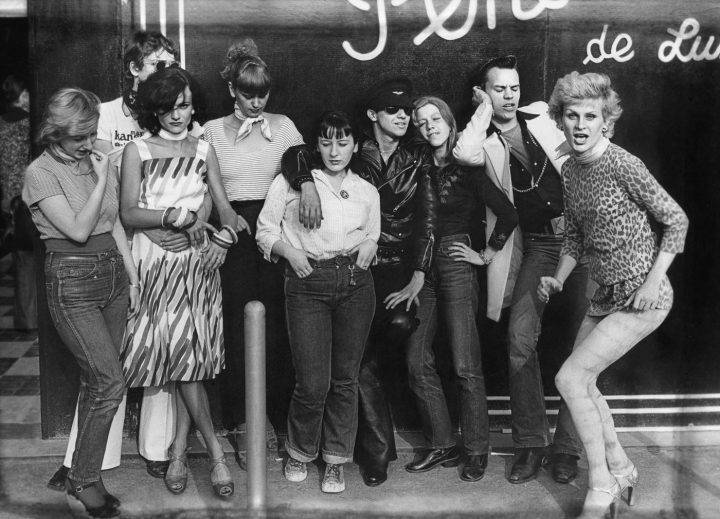
The counterculture era saw the emergence of a thriving cannabis underground. Cannabis was cultivated, distributed, and consumed in defiance of the law. This underground network helped sustain the counterculture movement and ensured a steady supply of cannabis despite legal restrictions.
During the counterculture era, the emergence of a thriving cannabis underground was a significant aspect of the broader cultural revolution taking place. This clandestine network of cannabis cultivation, distribution, and consumption symbolized a profound societal shift and played a vital role in shaping the era’s ethos.
The counterculture movement of the 1960s and 1970s was marked by a spirit of rebellion against the established norms and values of society. Cannabis became a symbol of this defiance, a tool for challenging the status quo, and a means of exploring alternative lifestyles and perspectives. The underground cannabis network was not merely about recreational use; it was a manifestation of the counterculture’s rejection of authoritarianism and a call for personal freedom.
Cannabis cultivation became an act of self-sufficiency and self-expression for many counterculture enthusiasts. It allowed individuals to break free from societal conventions, grow their own cannabis plants, and participate in a form of civil disobedience. The act of cultivating cannabis served as a statement of resistance against a government that sought to criminalize the plant.
Distribution networks for cannabis flourished in this era, often with an emphasis on decentralization and community support. The underground cannabis trade was, in some ways, a reflection of the counterculture’s communitarian values. It provided a source of income and solidarity for those who chose to operate outside the law. These networks helped ensure a steady supply of cannabis to those who sought it, despite legal restrictions and government crackdowns.
Furthermore, the cannabis underground played a vital role in sustaining the counterculture movement itself. Cannabis gatherings, such as music festivals and communal living arrangements, fostered a sense of belonging and unity among like-minded individuals. These events often featured cannabis as a centerpiece of shared experiences, bonding the counterculture community and reinforcing its values.
In retrospect, the counterculture era’s cannabis underground was not just about breaking the law; it was a manifestation of a broader social and cultural revolution. It challenged the traditional power structures, questioned authority, and championed individual freedoms. While the counterculture era eventually waned, the legacy of this underground cannabis movement continues to influence contemporary discussions surrounding cannabis legalization, individual rights, and the role of civil disobedience in shaping societal change.
Explore this link for a more extensive examination of the topic: Reefer Madness! The Twisted History of America’s Marijuana Laws …
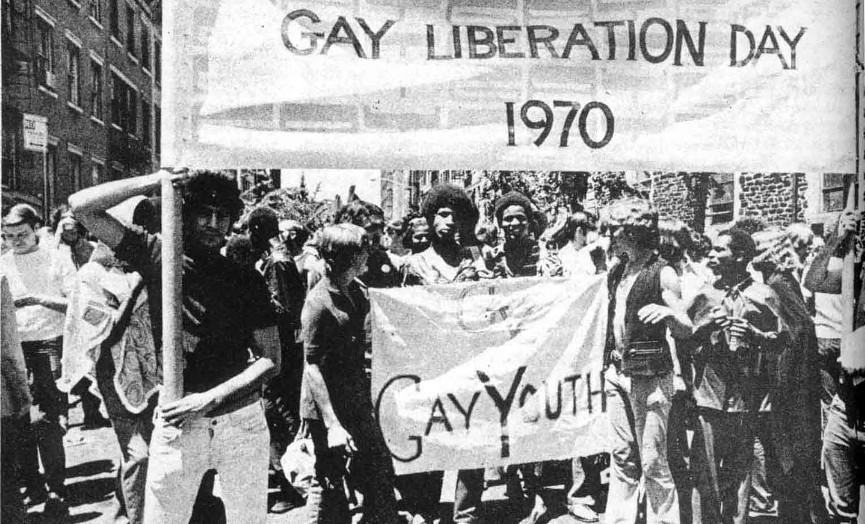
Cannabis served as a catalyst for broader social change. As counterculture movements gained momentum, they pushed for more progressive attitudes towards cannabis. The calls for decriminalization and legalization began to gain traction, eventually leading to changes in cannabis policies in various parts of the world.
Cannabis, once considered a symbol of rebellion, played a pivotal role as a catalyst for sweeping social change during the rise of counterculture movements. As these movements gained momentum in the mid-20th century, they ignited a fervent desire for progressive attitudes towards cannabis, challenging the status quo and sparking a revolution in societal norms.
The counterculture of the 1960s and 1970s, characterized by the rejection of conventional values and a quest for personal freedom, embraced cannabis as both a symbol and a tool for change. Cannabis became emblematic of the desire to break free from the constraints of a conformist society and explore alternative paths to individuality and self-expression.
This cultural shift gave rise to vocal calls for the decriminalization and eventual legalization of cannabis. Advocates argued that the criminalization of cannabis was disproportionately punitive, resulting in the unjust persecution of marginalized communities. They emphasized the plant’s relatively low harm potential compared to other legal substances, highlighting the need for a more rational and evidence-based approach to cannabis regulation.
Over time, these calls for change gained traction and began to resonate with policymakers, public health experts, and the general public. Countries and states began to experiment with alternative cannabis policies, ranging from decriminalization to regulated legalization for medical and recreational use. These groundbreaking shifts in cannabis policy not only aimed to reduce the burden on the criminal justice system but also sought to establish a regulated framework that prioritized safety, quality, and taxation.
Today, the evolution of cannabis perception in popular culture has culminated in a paradigm shift, with many regions around the world adopting more progressive approaches to cannabis regulation. The path to legalization has been marked by a growing recognition of the potential benefits of cannabis, not only for individual users but also for public health, the economy, and social justice.
In sum, cannabis’s role as a catalyst for broader social change is undeniable. From its association with counterculture movements to the push for decriminalization and legalization, it has ushered in a new era of thinking about cannabis—one characterized by a more nuanced understanding of its potential benefits and risks, as well as a commitment to addressing the inequities created by decades of prohibition. The evolving landscape of cannabis policy continues to be a testament to the power of societal movements in shaping the trajectory of drug policy and the cultural fabric of society itself.
For additional details, consider exploring the related content available here How the Vietnam War Empowered the Hippie Movement | HISTORY
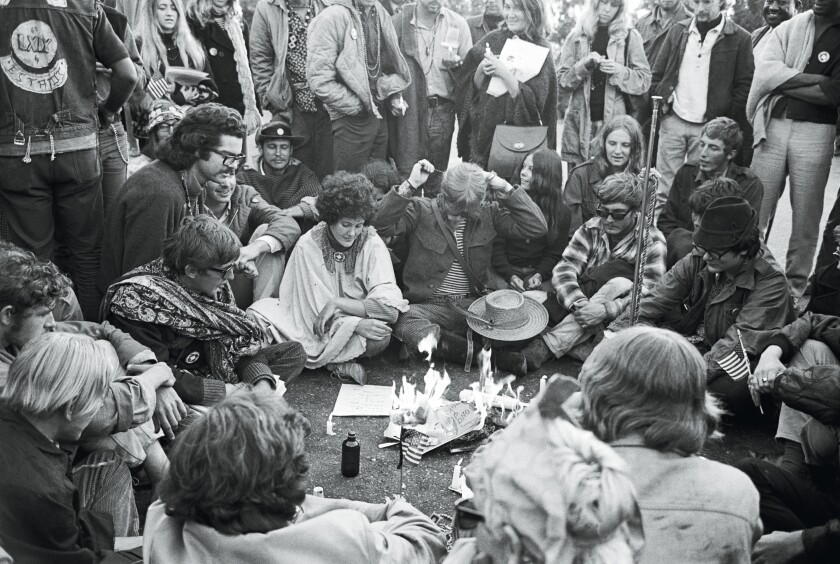
The role of cannabis in counterculture movements of the 20th century was multifaceted and complex. It represented rebellion, individualism, and a desire for social change. Cannabis advocacy became a cornerstone of the counterculture’s pursuit of freedom, self-expression, and social justice. While the counterculture era has evolved and changed, its legacy endures in the ongoing efforts to reform cannabis laws and promote a more inclusive and tolerant society. Cannabis remains a symbol of defiance, creativity, and the enduring spirit of those who challenge the established norms.
The role of cannabis in counterculture movements of the 20th century was indeed multifaceted and complex, reflecting a broader societal shift towards rebellion, individualism, and a fervent desire for social change. Within this intricate tapestry of cultural transformation, cannabis advocacy emerged as a cornerstone of the counterculture’s pursuit of freedom, self-expression, and social justice. Let’s further explore how this influential plant became intertwined with the counterculture and how its legacy continues to shape the present.
A Catalyst for Rebellion: Cannabis, with its ability to alter perception and challenge convention, became a potent symbol of rebellion. It was a way for individuals to reject the status quo, question authority, and explore new realms of thought and creativity. This defiance was evident in the widespread use of cannabis during protests against the Vietnam War and civil rights movements, where it was seen as a means of resisting an oppressive system.
Fostering Creativity and Self-Expression: Cannabis was also seen as a tool for unlocking creativity and promoting self-expression. Musicians like Bob Dylan, The Beatles, and Jimi Hendrix, who were icons of the counterculture, openly incorporated cannabis themes and imagery into their work. Cannabis-inspired art, literature, and music flourished during this period, serving as a vehicle for conveying countercultural ideals.
A Quest for Social Justice: Beyond its recreational use, cannabis advocacy in the counterculture extended to issues of social justice. Many activists saw the criminalization of marijuana as a tool of oppression, disproportionately affecting marginalized communities. This awareness led to efforts to challenge cannabis prohibition and advocate for the rights of those unjustly penalized.
The Enduring Legacy: While the counterculture era of the 1960s and 1970s may have evolved and changed over the years, its legacy endures in the ongoing efforts to reform cannabis laws and promote a more inclusive and tolerant society. The push for legalization and decriminalization of cannabis is, in many ways, a continuation of the counterculture’s quest for personal freedom and social justice.
A Symbol of Defiance: Cannabis remains a symbol of defiance against oppressive systems and outdated norms. It embodies the enduring spirit of those who challenge established authority and seek to create a more equitable and compassionate world. In this sense, cannabis serves as a reminder that the counterculture’s ideals of freedom, self-expression, and social justice are still relevant today.
In conclusion, the role of cannabis in the counterculture movements of the 20th century was a reflection of a generation’s desire for change and a rejection of conformity. Its legacy lives on in the ongoing struggle for cannabis reform and in the hearts of those who continue to use it as a symbol of defiance, creativity, and the unyielding pursuit of a more just and open society.
Don’t stop here; you can continue your exploration by following this link for more details: Hippie | History, Lifestyle, Definition, Clothes, & Beliefs | Britannica
More links
If you’d like to dive deeper into this subject, there’s more to discover on this page: Counterculture Movement · Civil Rights Digital History Project · exhibits
